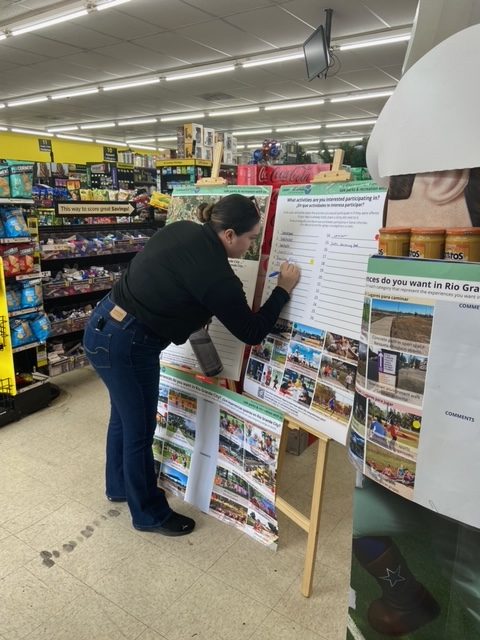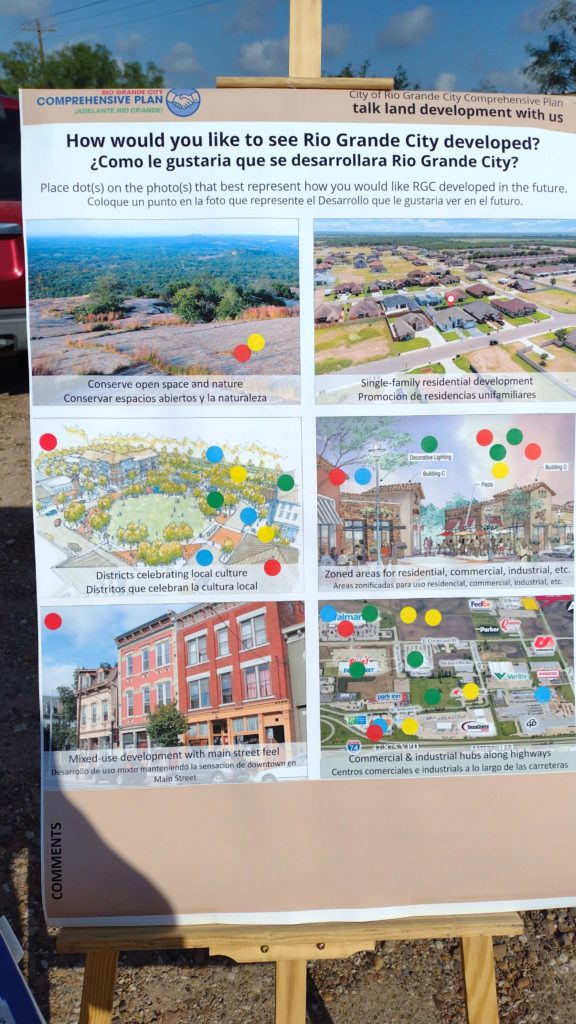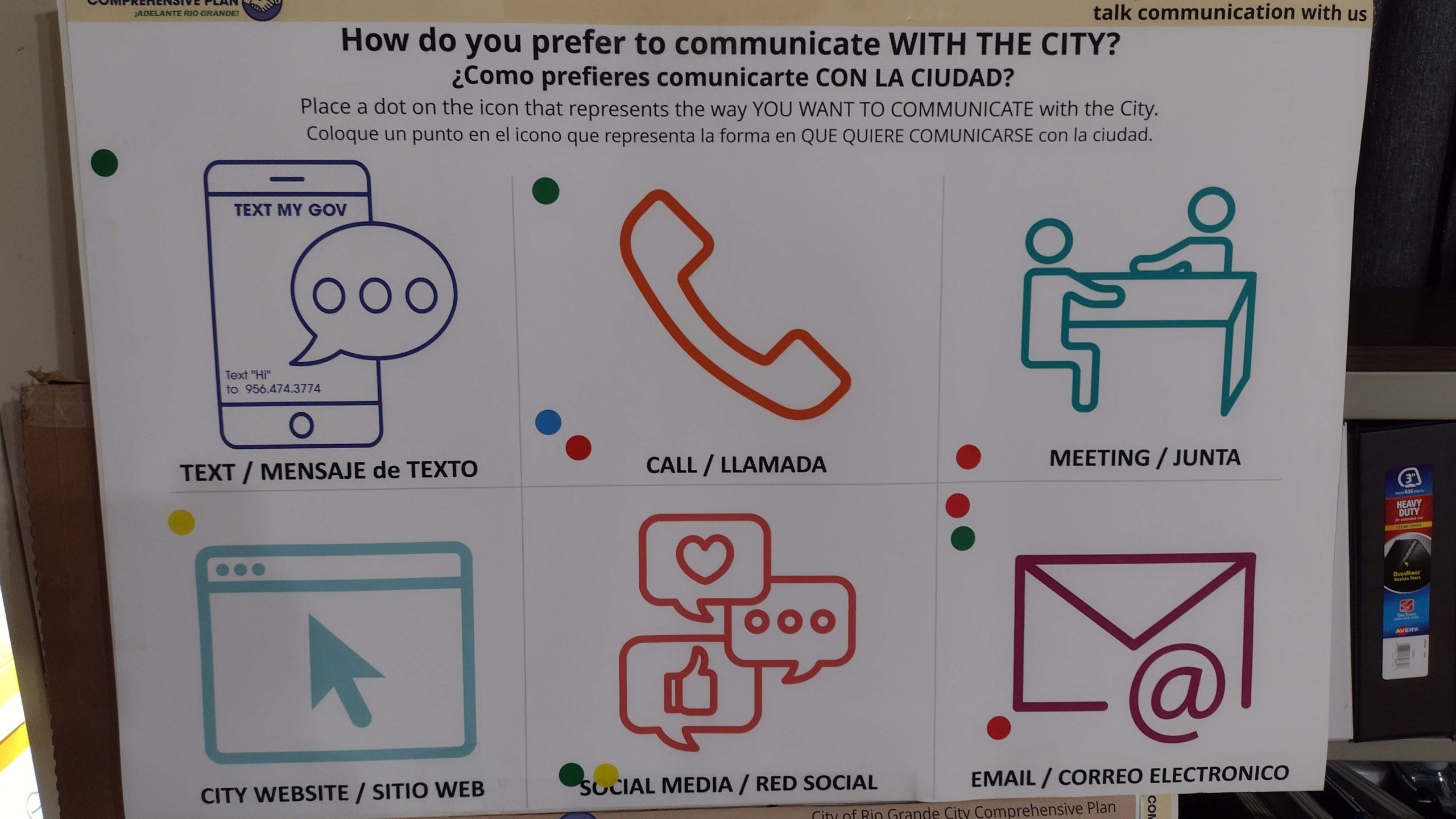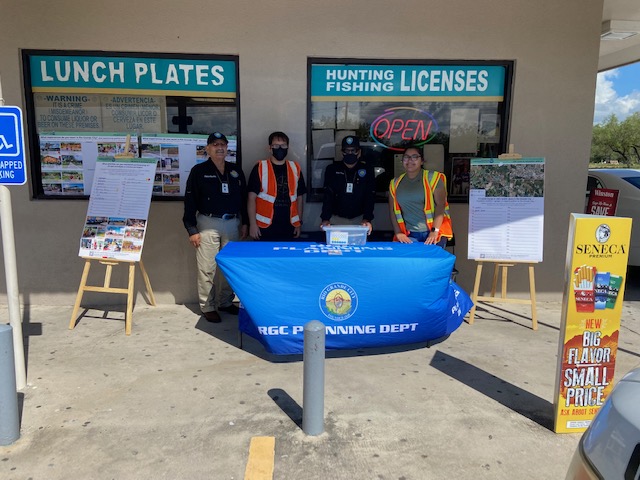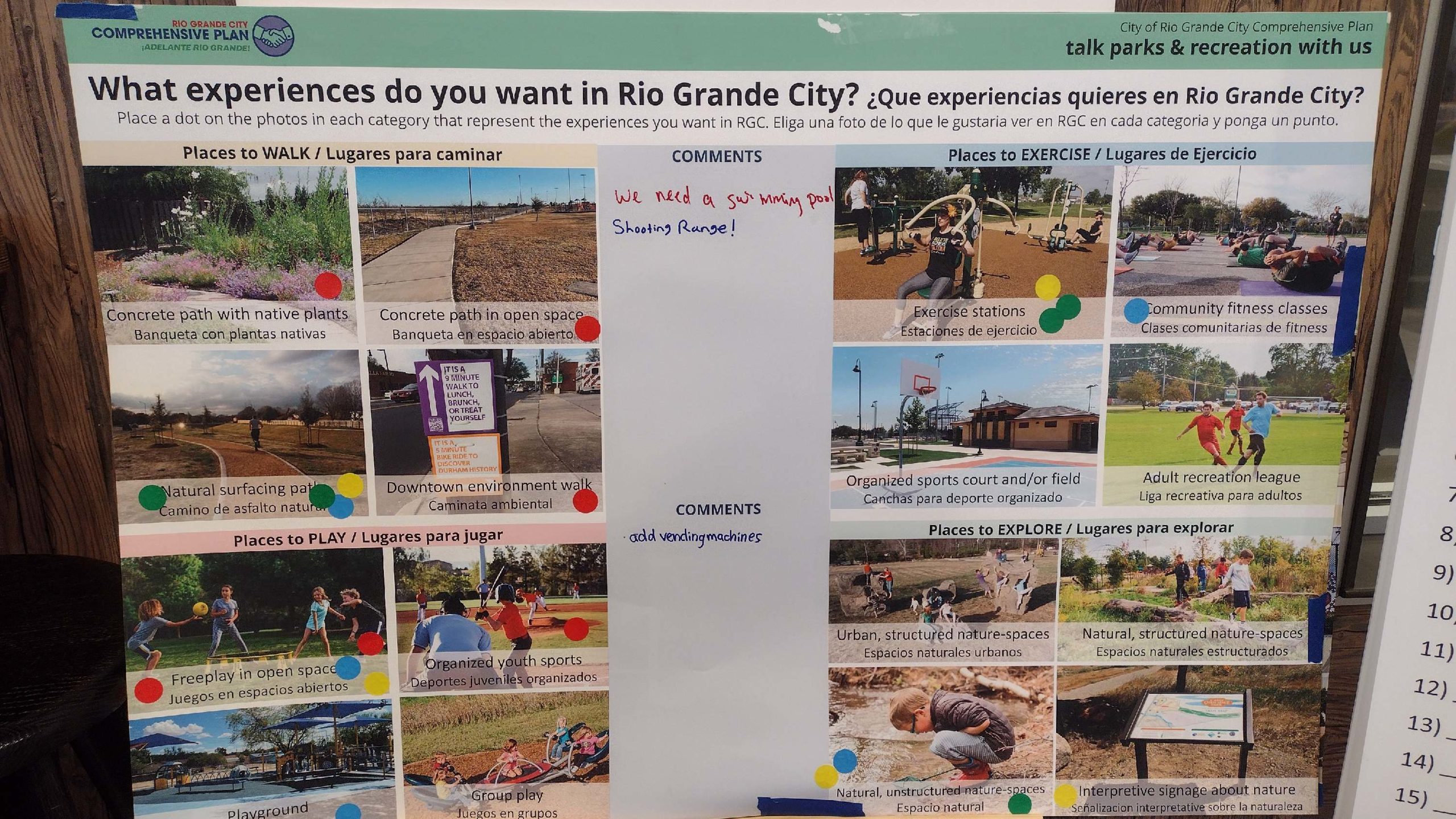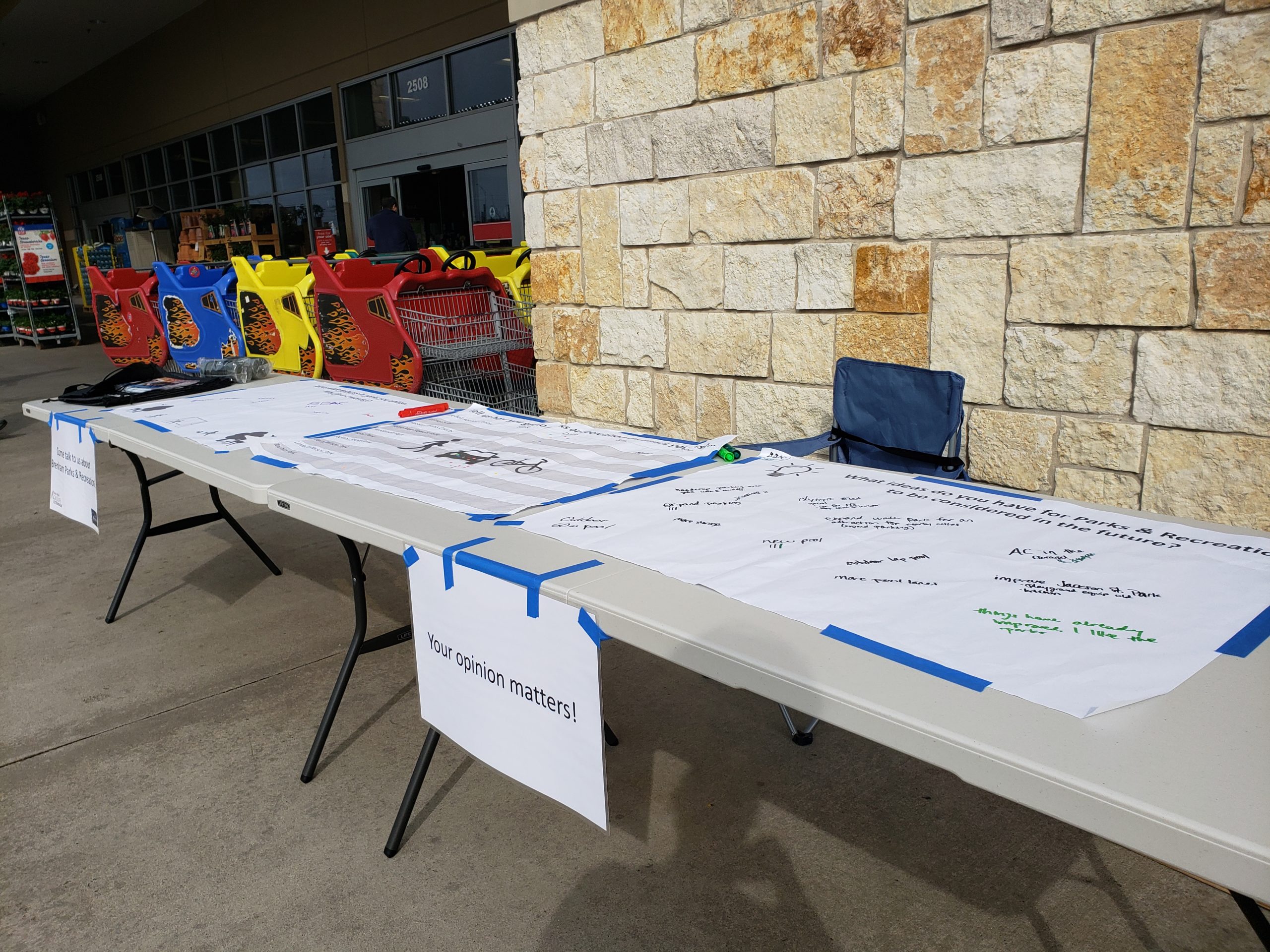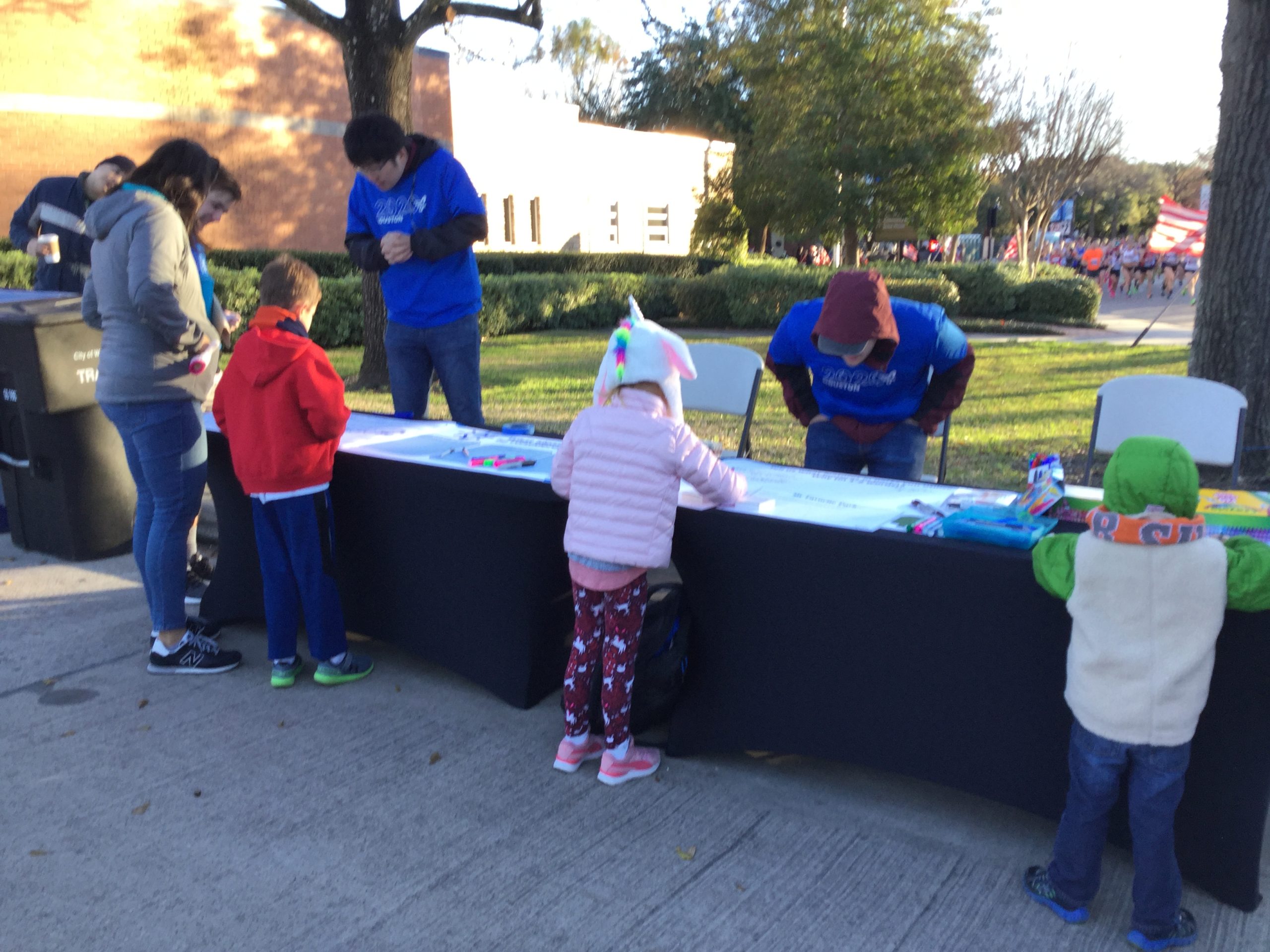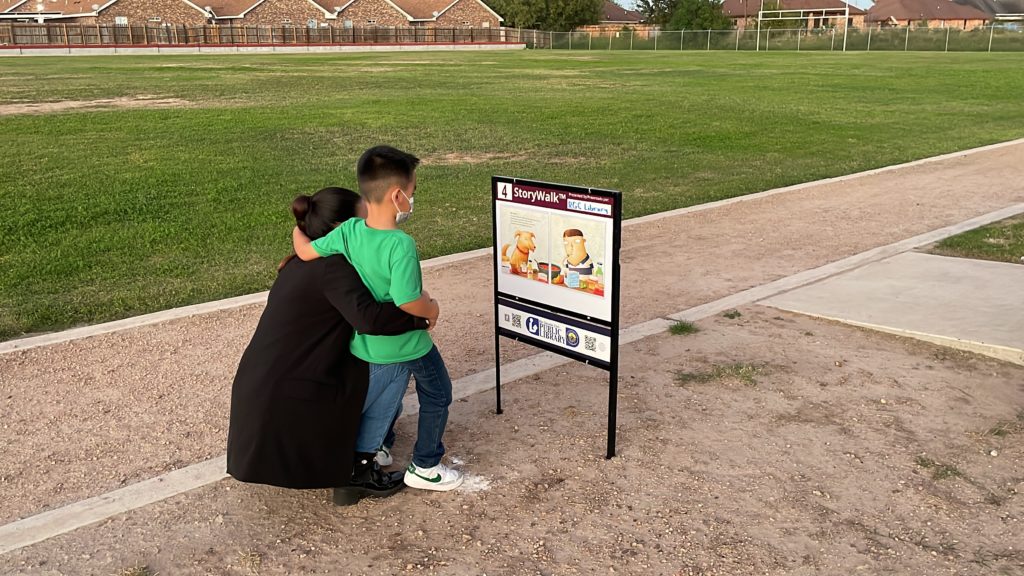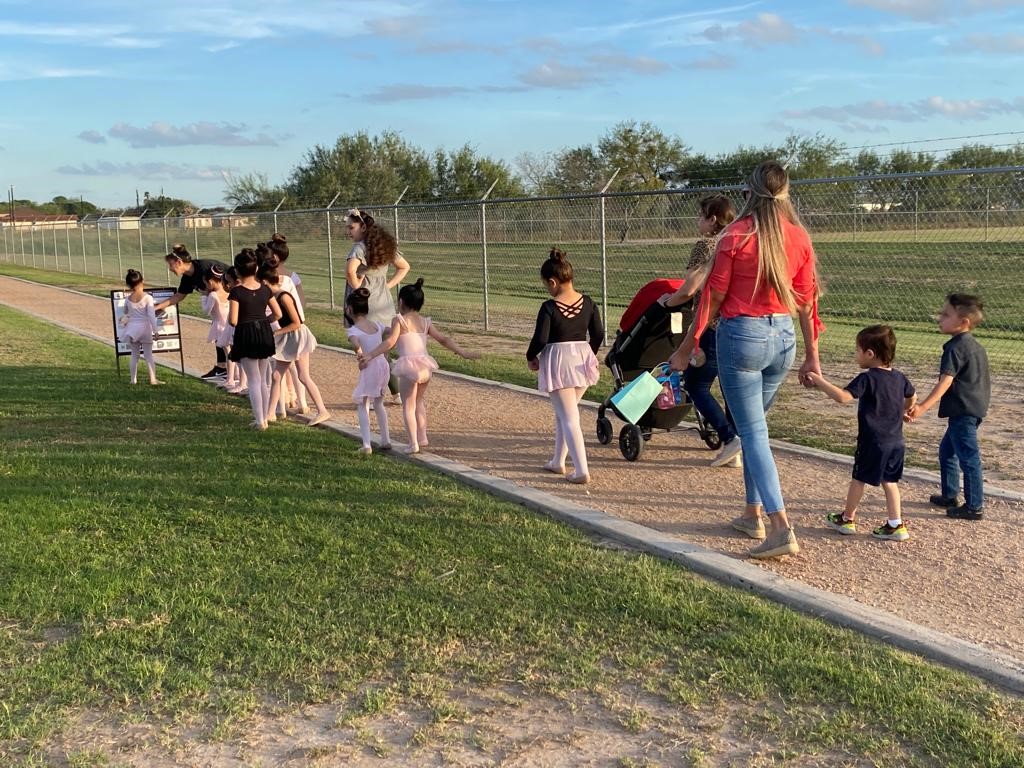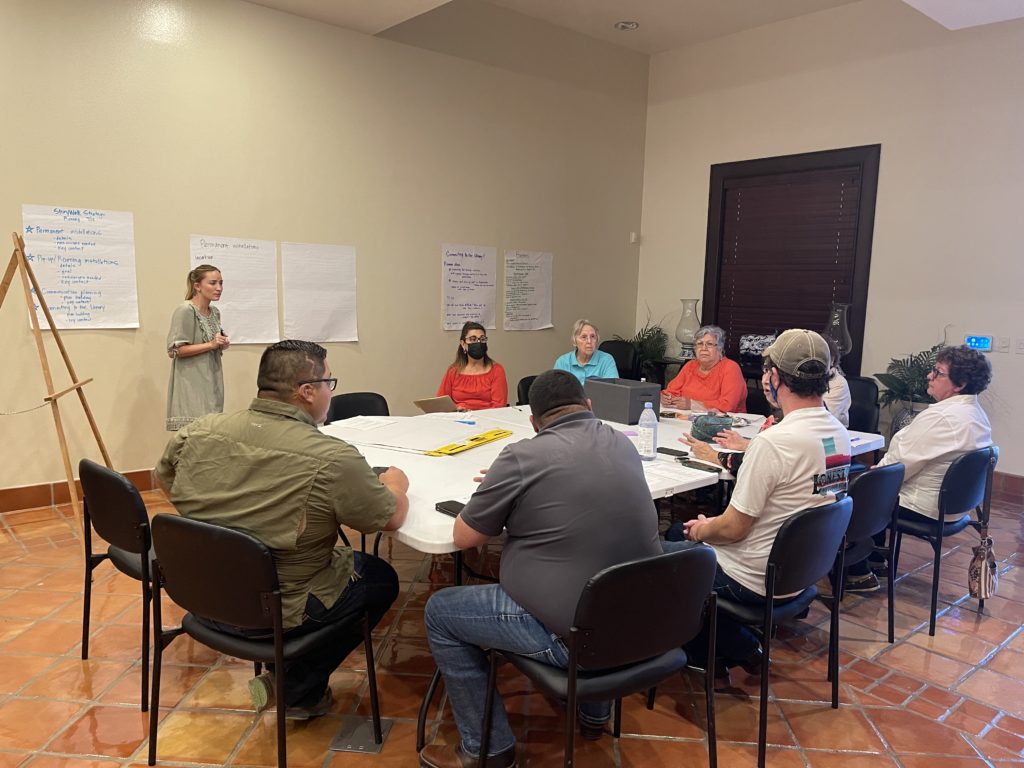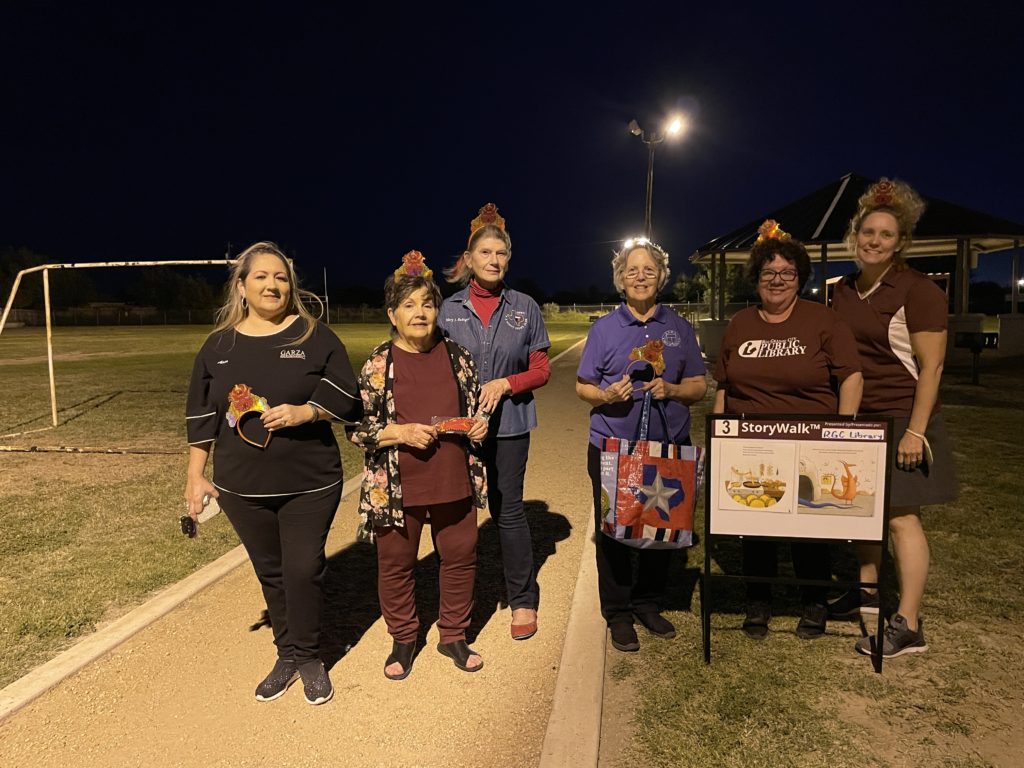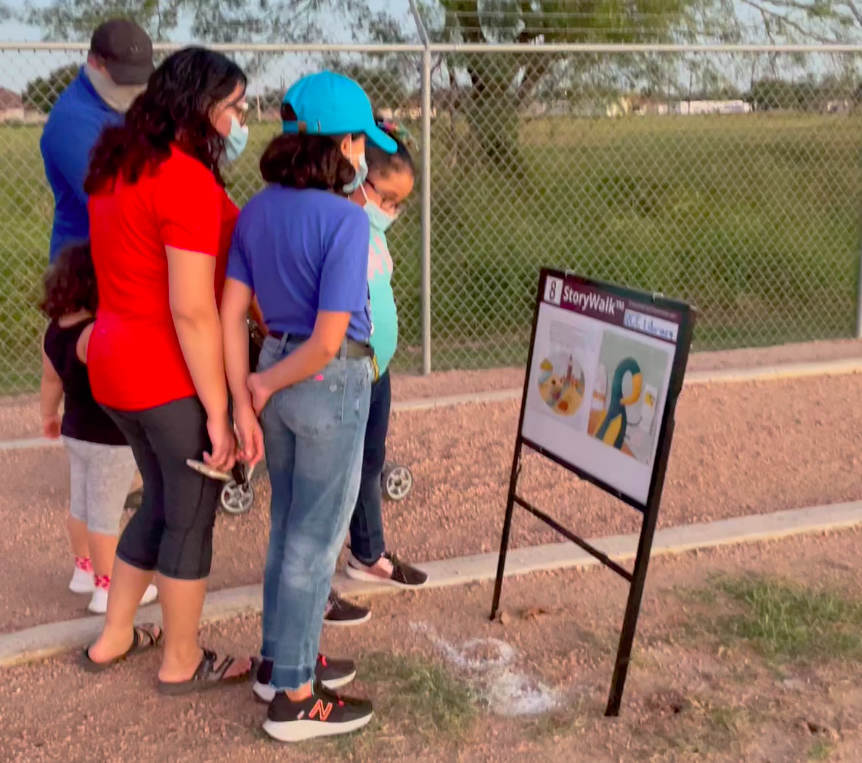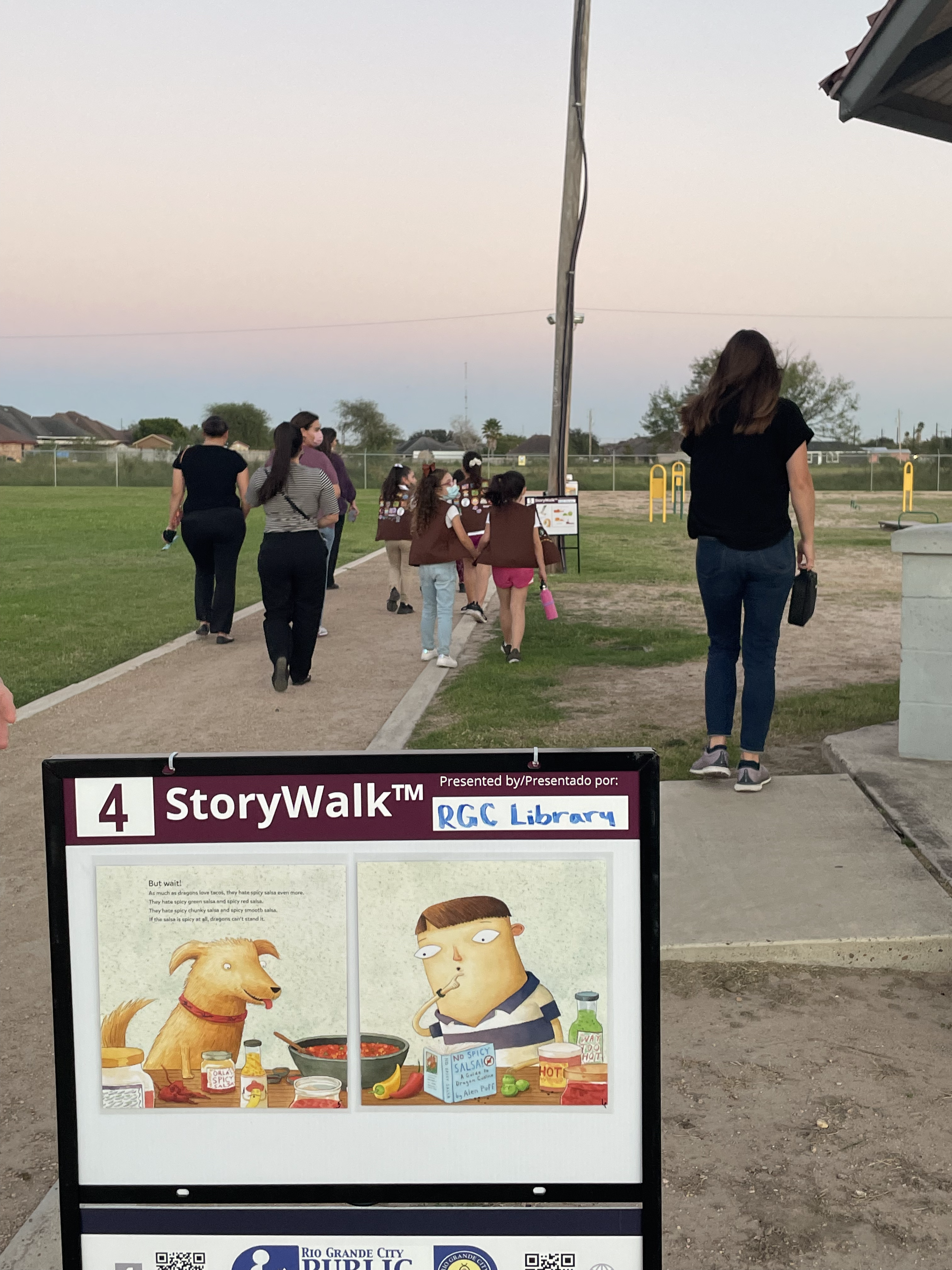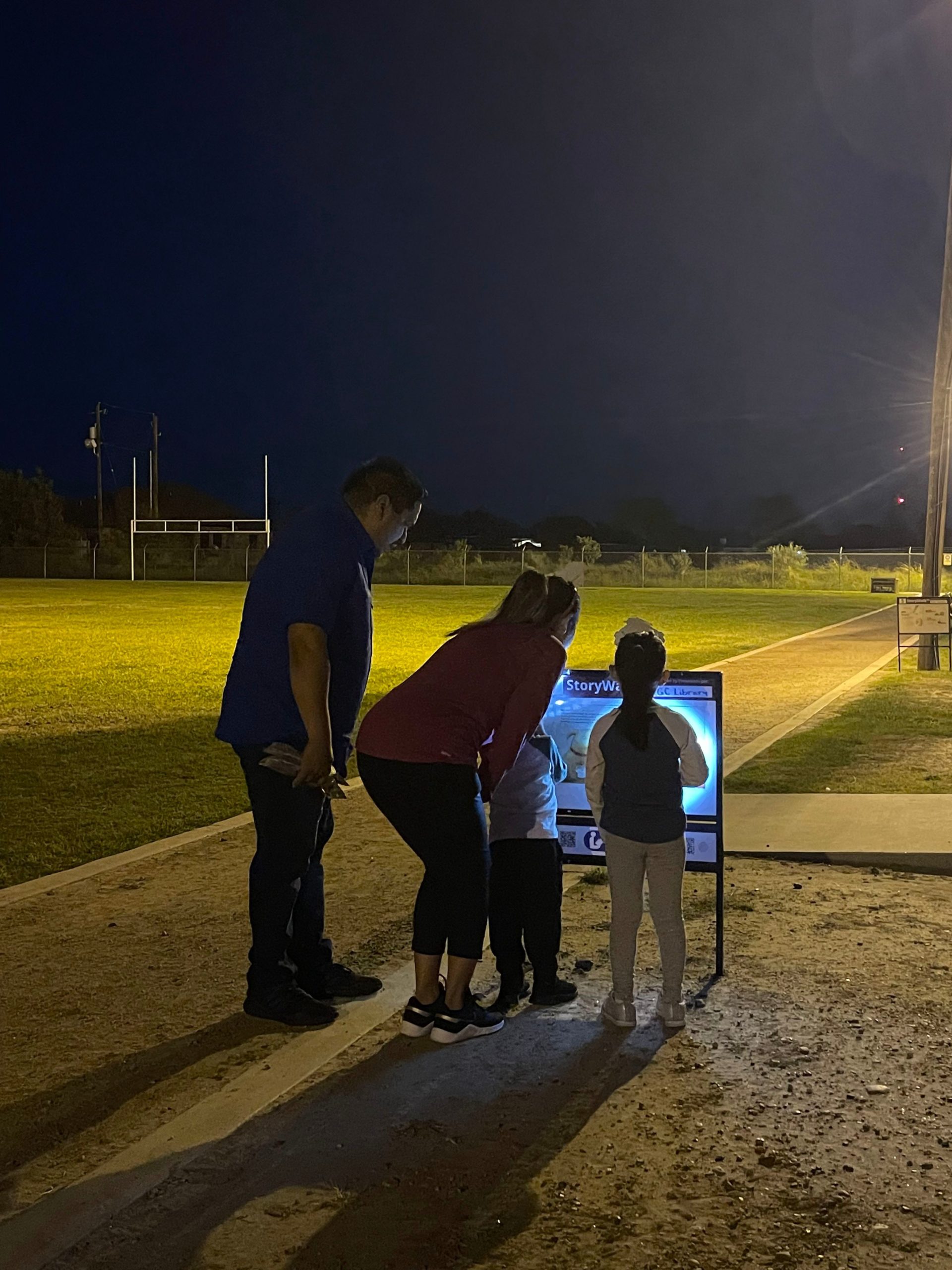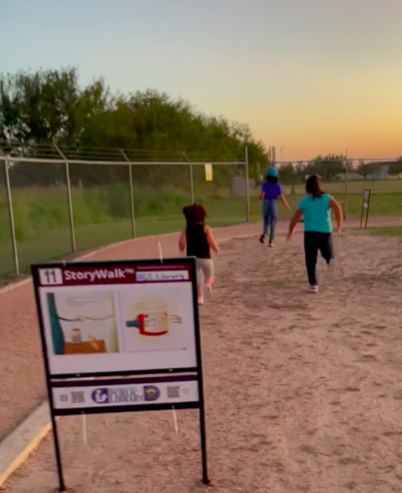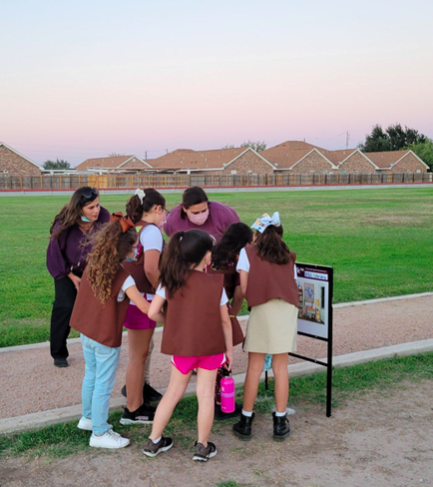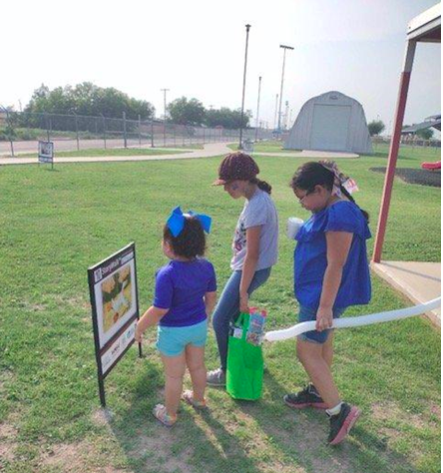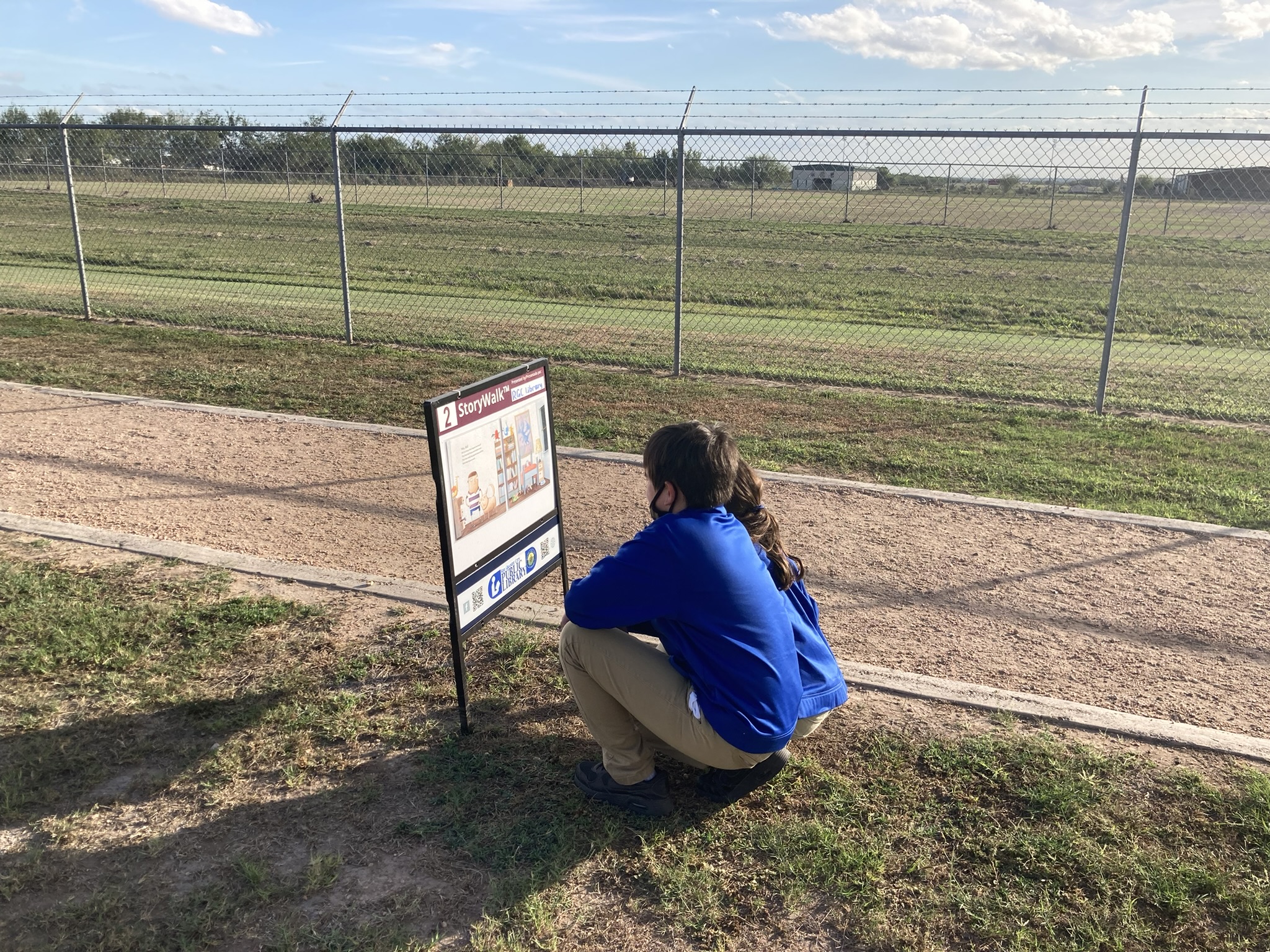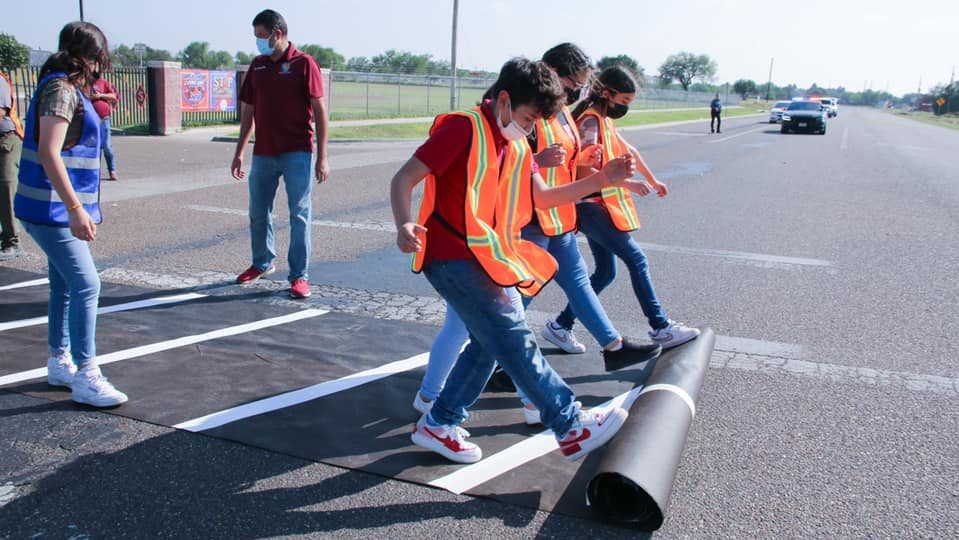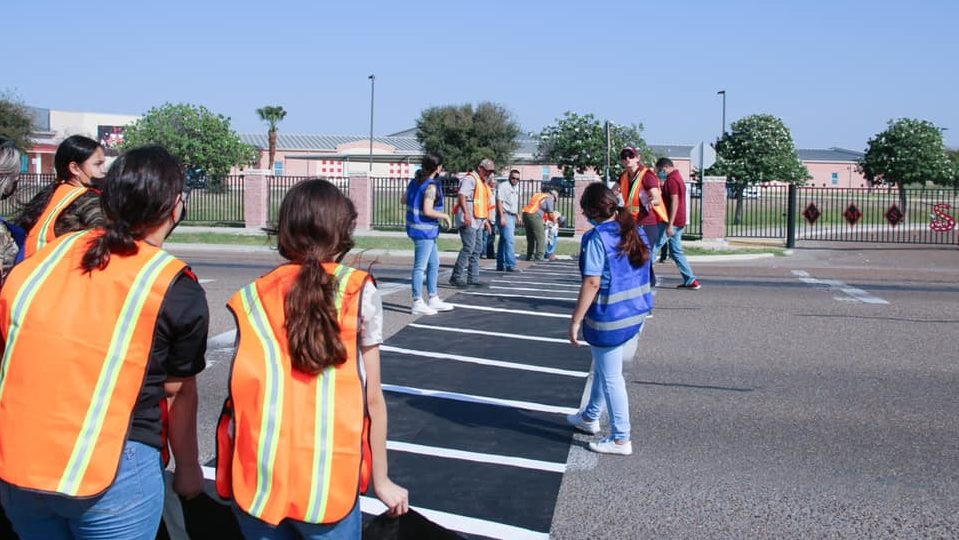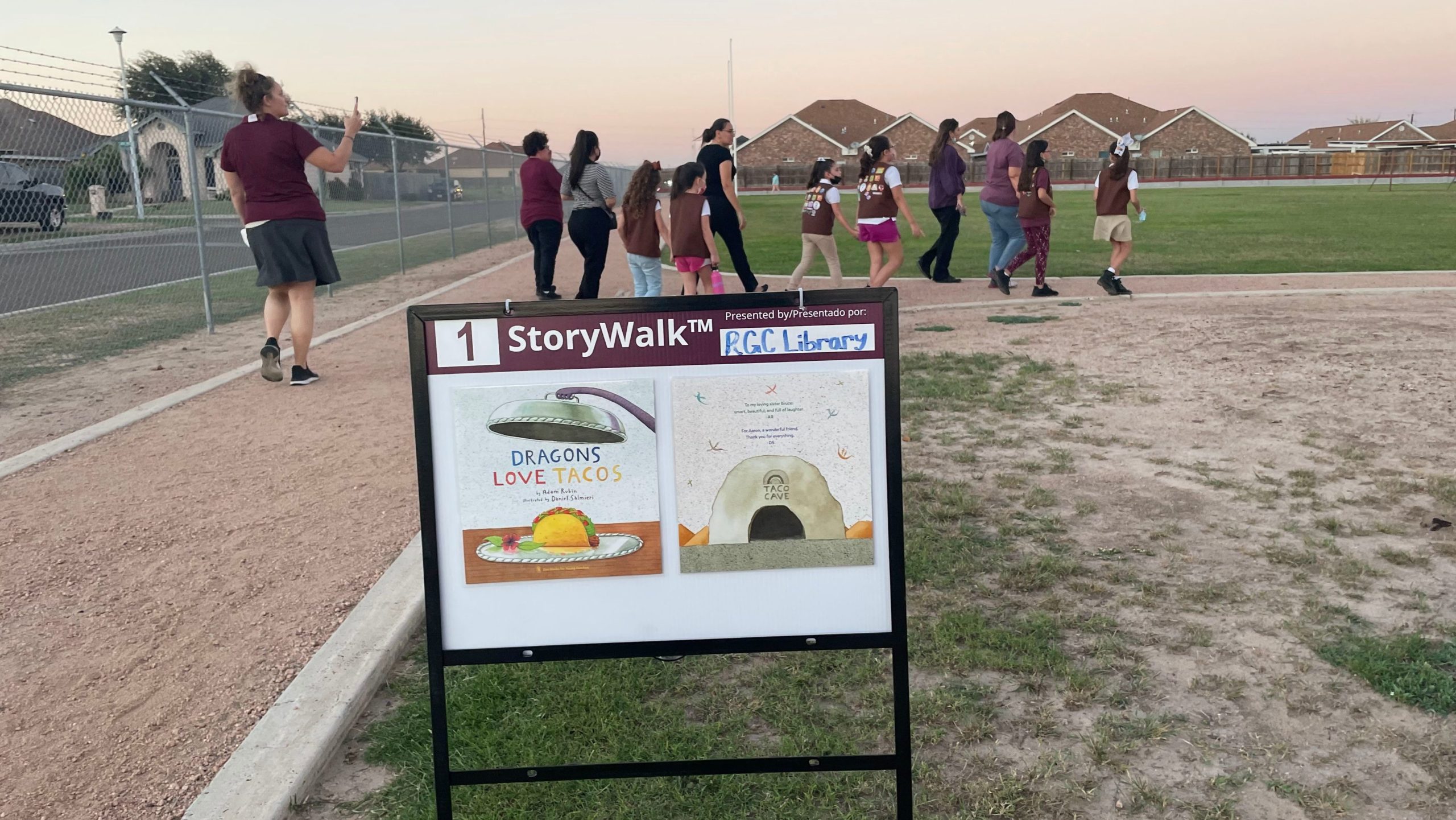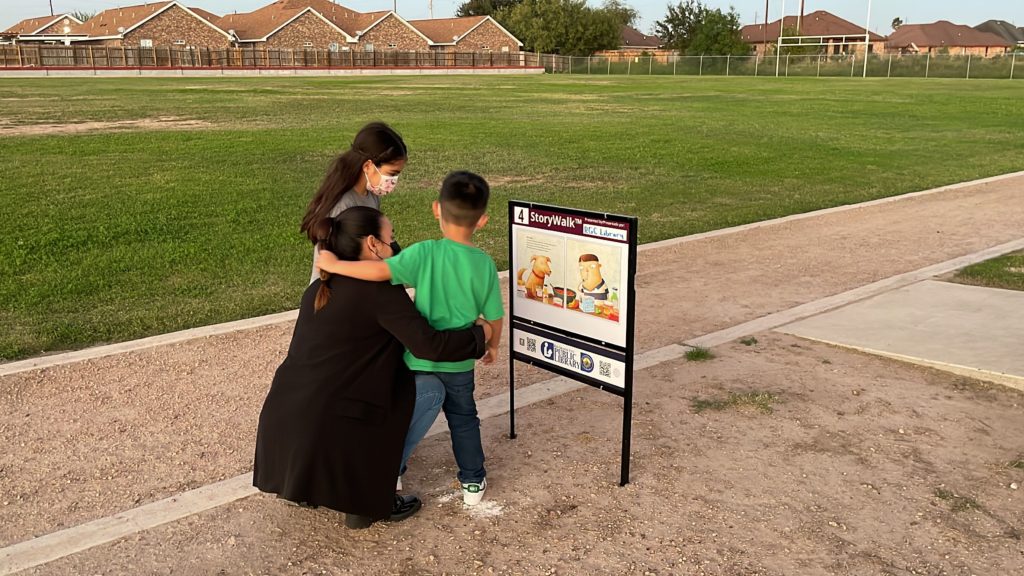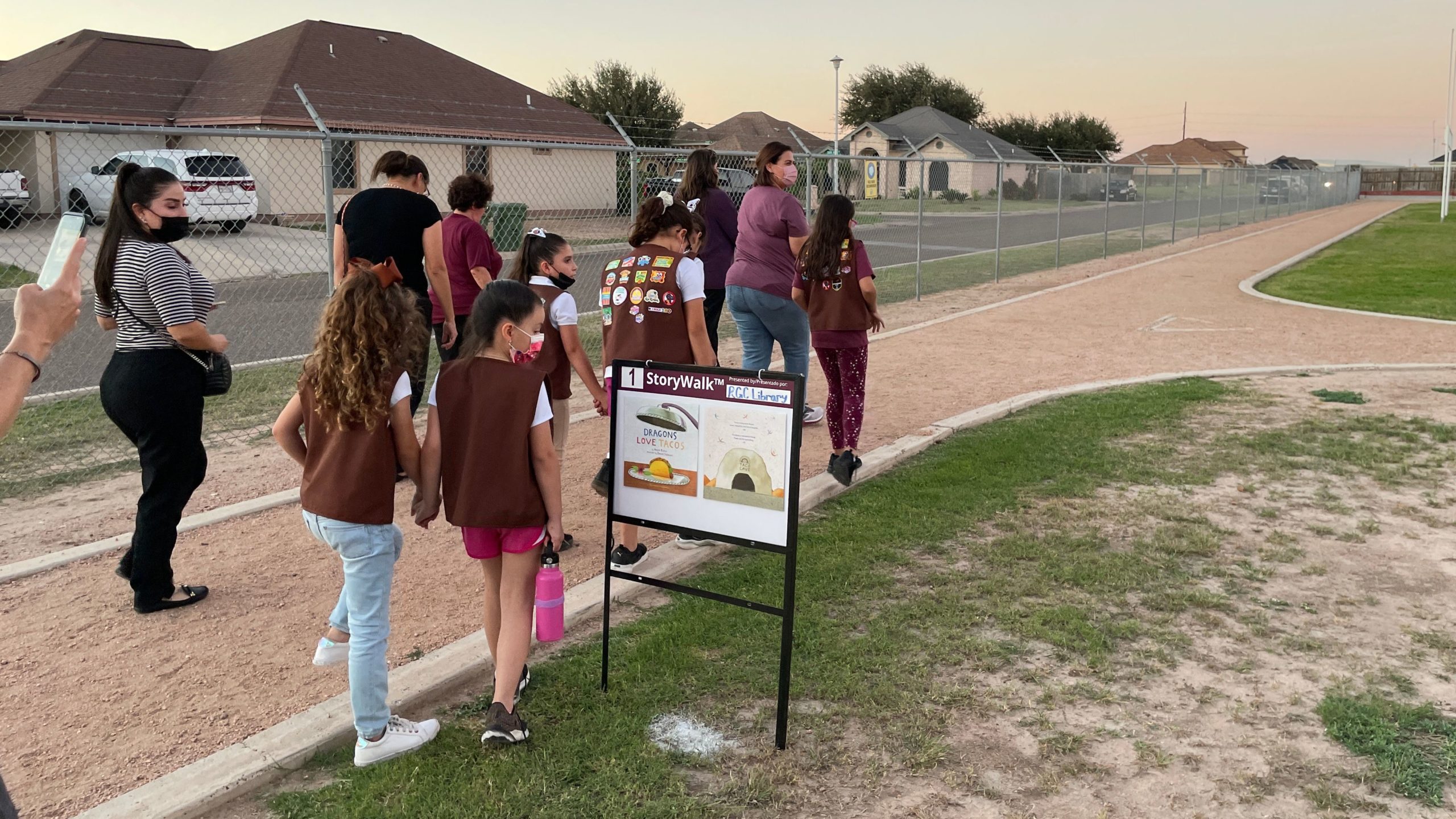by Victorino Cantu, M. Garcia & A. Garza
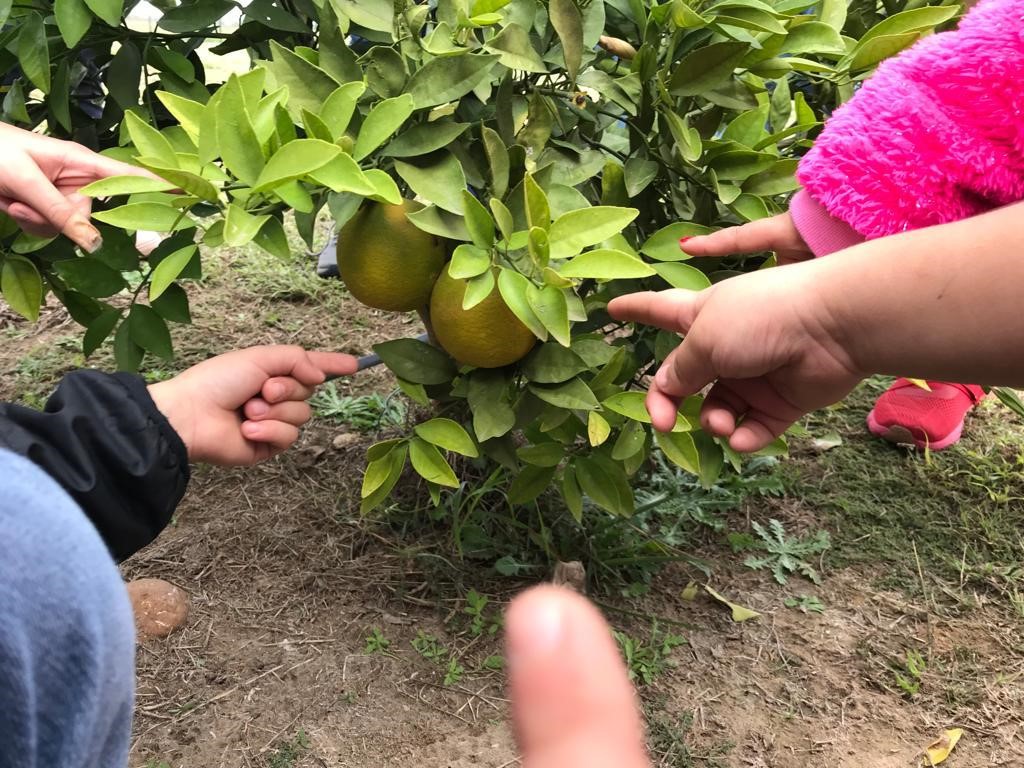
The Farm to School Program Mission
The goal of the farm to school program is to bring local foods to the school cafeteria and agricultural education to K-12 students, encouraging children to make healthy food choices and inspiring sustainable connections to local food, while helping to boost the local economy.
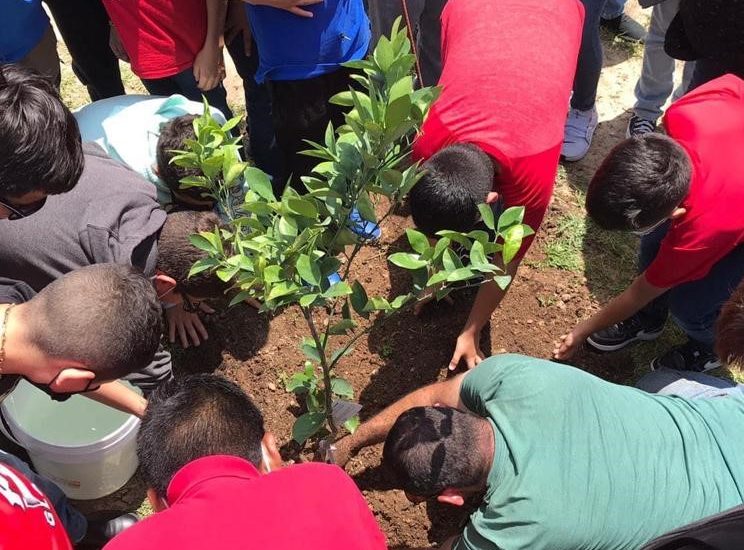
The Plan to Implement Farm to School Efforts in Starr County
Our planned intervention included the planting of a fruit orchard that is a continuation and enhancement of the existing school garden. This intervention was introduced while searching for options to replace missing local farms.
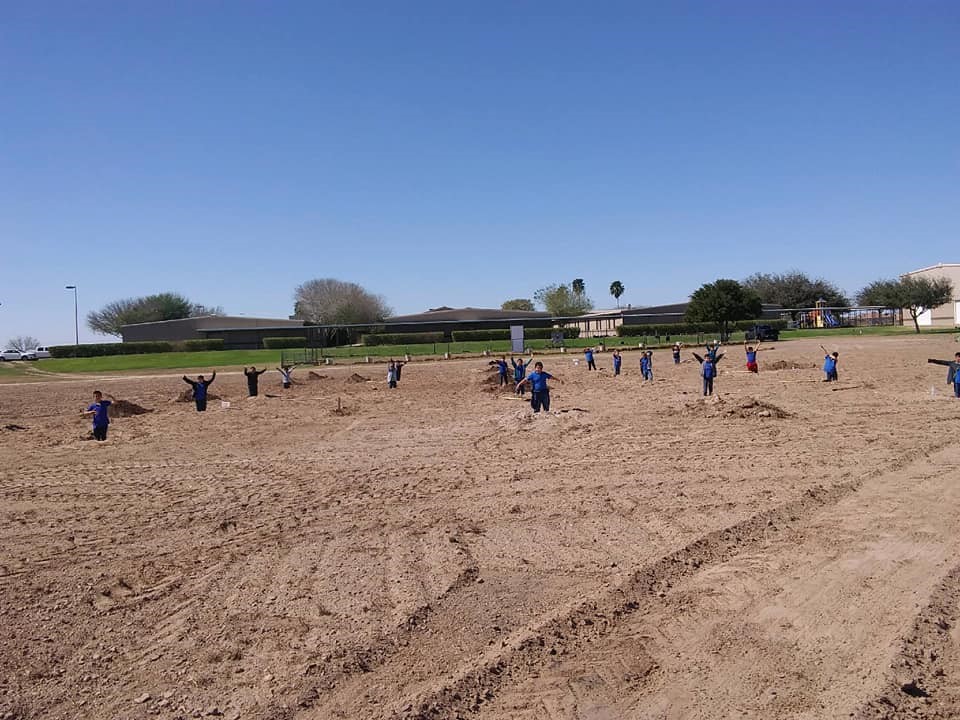
Who Makes These Efforts Possible?
The Farm to School efforts would not be possible without R.T. Barrera Elementary and its administration. The school has incorporated Farm to school efforts into their Physical Education curriculum. They have also recently started an Ag Club that helps monitor the orchard and ensure that the trees are doing well health-wise.
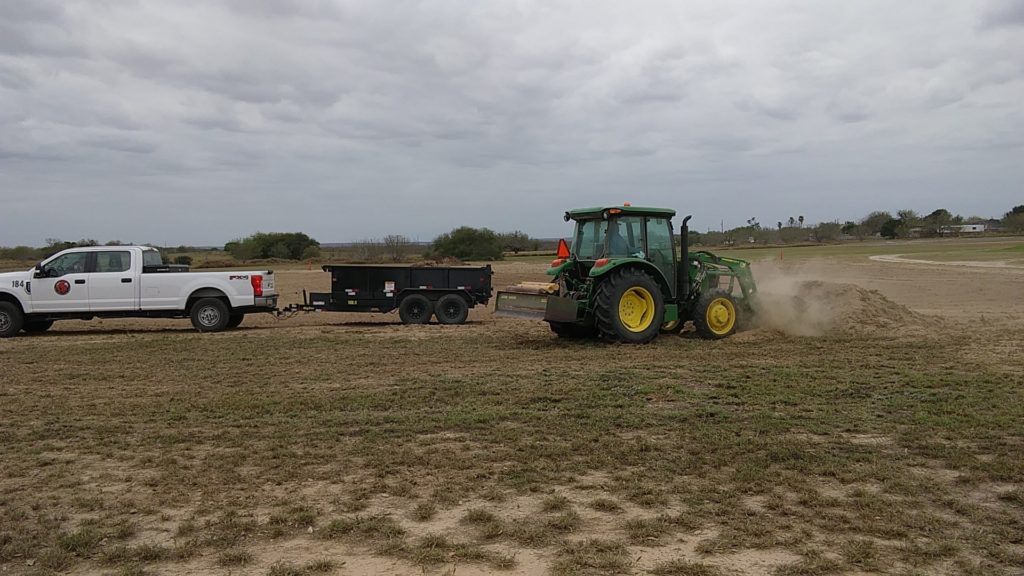
Other Experiences the Students get from Farm to School
As a direct result, students also get to learn the practice of farming and preparing their own healthy meals/snacks.
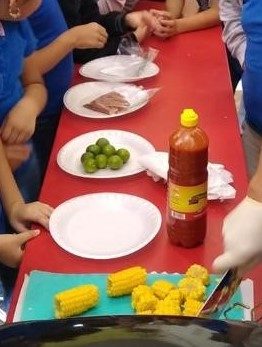
The Rewards of the Farm to School Program
This intervention provides much needed access to healthy produce that is integral for the long-term health of the community and the students. Planting an orchard demonstrates a commitment to community nutrition for the next 20 years and beyond. This proposal provides an ongoing supply of fresh, seasonal fruit at a location and institution that is accessible to much of the local community.
Pictures provided by R.T. Barrera Elementary Principal, Mrs. M. Garcia and Physical Education Coach, Mr. A. Garza. (01/19/2023)
